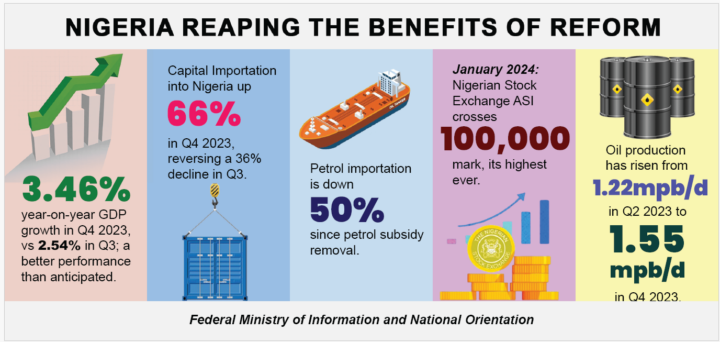Rising sea levels, fluctuating rainfall, higher temperatures, flooding, droughts, desertification, land degradation, and an increase in the frequency of extreme weather events have been identified as factors contributing to Nigeria’s changing climate.
Emission of carbon monoxide from vehicles into the air, burning of waste products, cutting down of trees and using of firewood and coals also cause climate change.
Sokoto is one of the hottest cities in Nigeria, with an annual average temperature of 28.3 °C (82.9 °F).
The maximum daytime temperatures are generally under 40 °C (104.0 °F) in a year, and the dryness in the state makes the heat harsh and unbearable to residents of the state.
The warmest months are February to April, where daytime temperatures can exceed 40 °C.
The rainy season is from June to October, during which showers are a daily occurrence. The showers rarely last long and are a far cry from the regular torrential showers known in many tropical regions.
From October to February, during the cold season, the climate is dominated by the harmattan wind blowing Sahara dust over the land. The dust dims the sunlight, which reduces temperatures significantly in Sokoto State.
The Climatic Variables in Sokoto State
Relative humidity, temperature, cloud clover and precipitation are some of the determinants of the climate condition in Sokoto State. These climatic variables work together: they determine the weather condition of the state, whether it’s going to be drought or rainfall.
Whilst humidity is the amount of water vapour present in the atmosphere, relative humidity is the ratio of mass of water vapour present in a certain volume of air to mass of water vapour required to saturate the same volume of air at the same temperature. Water vapour is caused by the evaporation of water (from sun-drying clothes, for example) into the air.
The air is said to be saturated with water vapour at 100% relative humidity, resulting in the precipitation (tiny droplets of rain forming larger ones) of the cloud covers, which then result in a rainfall.
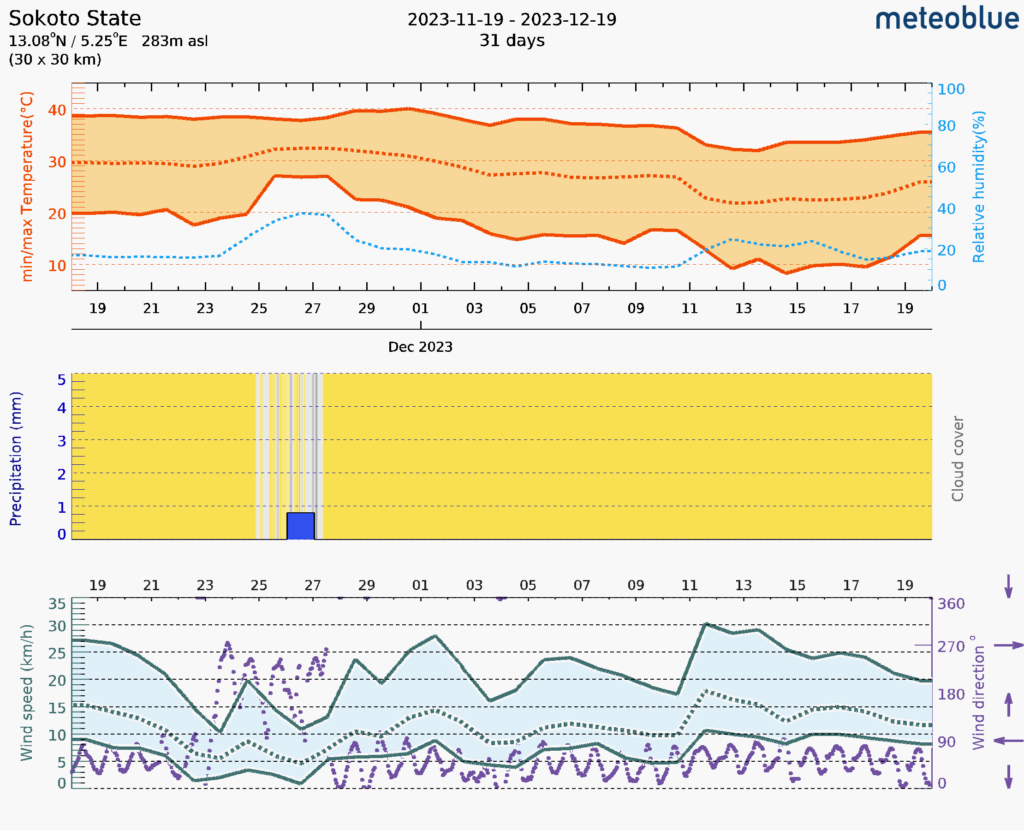
The data, generated on Wednesday, captures the weather patterns in Sokoto State from December 1st to 19th, 2023. The data also captures the last ten days of the month of November, ultimately showing a downward and/or upward trend in the temperature vis-à-vis relative humidity in Sokoto State.
The first line graph shows that at a 12 °C temperature, there was a relative humidity of 20%, meaning that as the temperature decreased (became hotter or warmer), relative humidity increased. It shows that from 1st to 19th December, there’s an upward trend in the amount of water vapour in the air but because the relative humidity was 20% (ideally it should be 100%), there was no rainfall in Sokoto State, prompting severe heat and drought.
For 20 °C, 30 °C and 40 °C temperatures, there’s no corresponding relative humidity. As the temperature was getting cooler, the amount of water molecules the air could hold at the time decreased. And an atmosphere with more water vapour can only make more rainfall.
This climatic condition in Sokoto State is further captured in the second chart. It reveals that because of the cooling weather (namely because of harmattan), there’s a reduction in the amount of water vapour the air could hold, resulting in cloud covers that would not cause rainfall. So, in the bar chart, there’s only one millimetre of precipitation (rainfall) of about five millimetres of cloud covers.
‘Borrowing Money, Magic Spell on my Farm, Food Finished‘
Sokoto farmers have begun to grieve over the loss of farm produce, water scarcity, lamenting global warming as the root cause of poor harvest experienced this cropping season.
The local farmers said despite early preparations and application of fertilisers on their farms, the sudden change in rainy days caused by extreme dry weather condition has negatively affected their harvest.
Jamilu Musa, a local farmer in Gidan Madi, told WikkiTimes that he had anticipated a high yield from his farm but to his greatest surprise, his farm produce is not even half of what he got in the previous year.
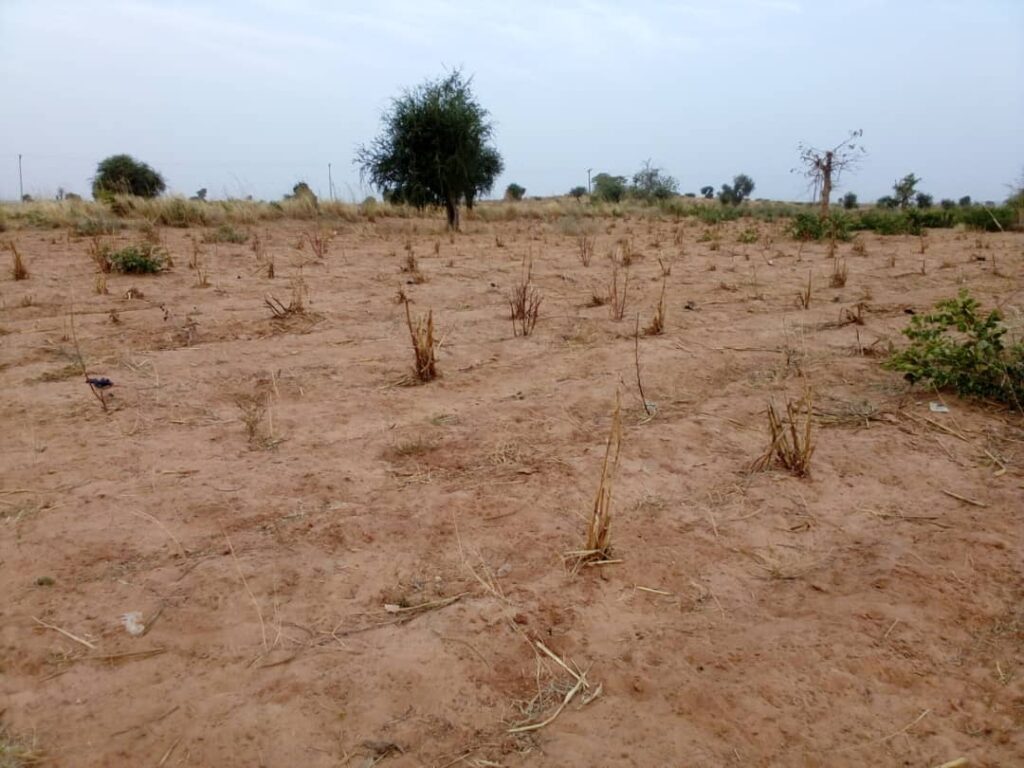
Having bought fertiliser at high rate and spent a lot of money in farm preparation, Jamilu said he only got four bags against ten bags he used to harvest yearly from his farm.
“I used to harvest four bags of millet, three bags of guinea corn and two bags of beans all in this farm but this year I felt as if I will cry. At first I thought it is some kind of magic spell on my farm but later on I realised that many farms are also affected. This rainy season started with lesser rainfall. I remember that our seed took forty days without water and how can you expect the seeds to germinate and give good yield? So this resulted in poor harvesting among all farmers within our community,” he said.
Jamilu who said, at first, he was not aware of impact of climate change on them but he had now he learnt that global warming is something that all hands must be on deck to confront it.
Not only Jamilu was affected by climate change but Umar Gambo, who after borrowing to buy fertiliser and paid for farm works, only harvested a few bags that could not settle the debt fertiliser debt.
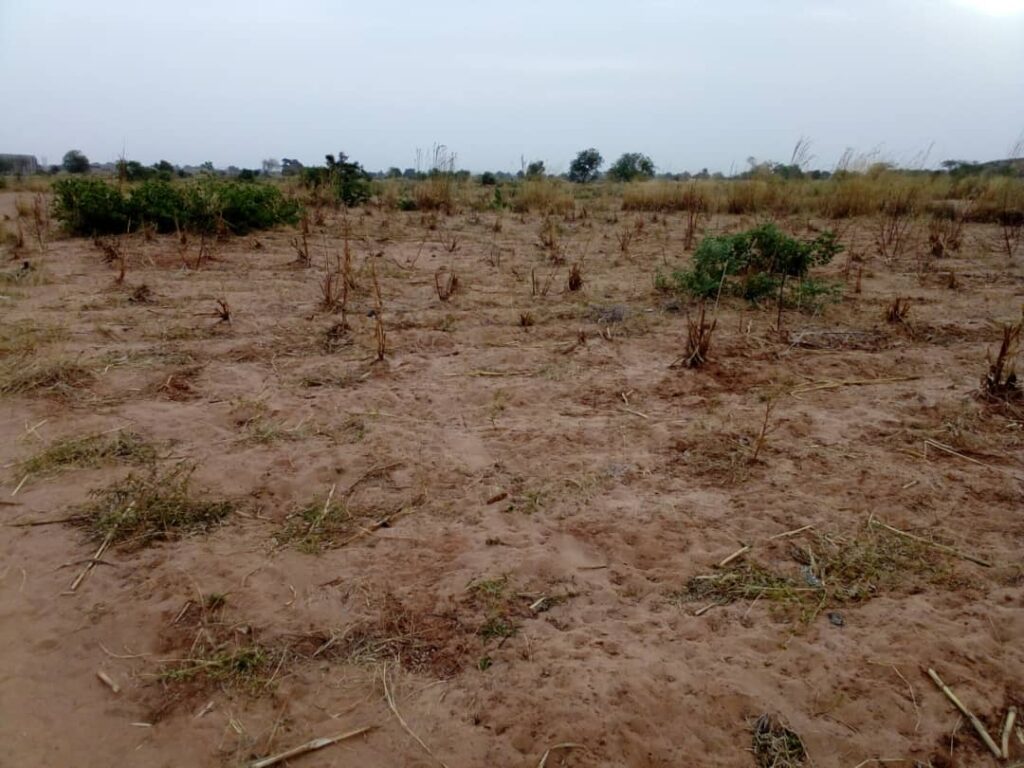
“I borrowed money from a friend with an agreement that I would pay back during harvest season. But this harvest season is not what we expected. My only fear now is how can I pay back the loan. We were not provided with fertiliser and so we have to buy it in the market, the rate is high and considering the present economic conditions one has no alternative but to borrow to finance the farm,” he said.
With little knowledge of how to navigate through the current waves of global warming, Nura Operator said due to poor harvest, food prices have continued to be high while the demands also increased.
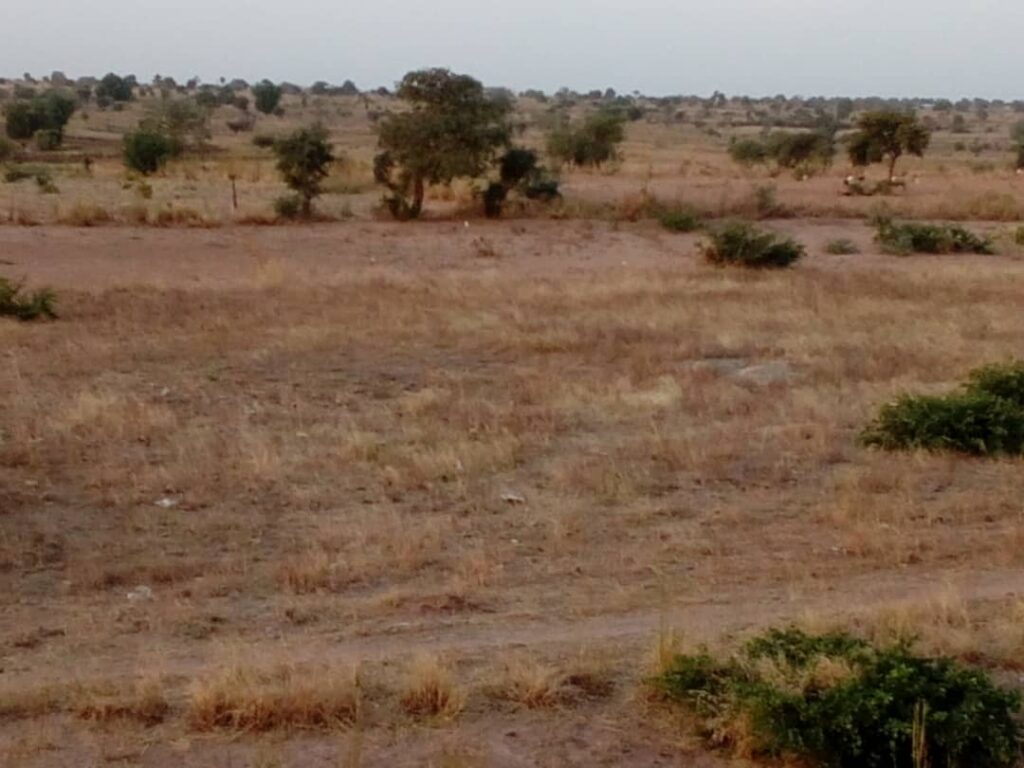
According to him, before he used to produce what he would eat throughout the year, but this time around the food doesn’t last for two months, thus resorting to masonry to make a living.
“At this time last year, I was already resting from farm work because I had enough food, but look at me now holding the shovel just to make a living because the food in the house has finished. We were heavily impacted by this change in weather and it is high time we started planting early varieties of crops in case rain doesn’t last long,” Nura said.
WikkiTimes observed that local farmers in Gidan Madi have no knowledge of global warming, its causes nor its impacts on their agricultural activities, yet the authorities continue to keep mute on the repeated cries of locals.

